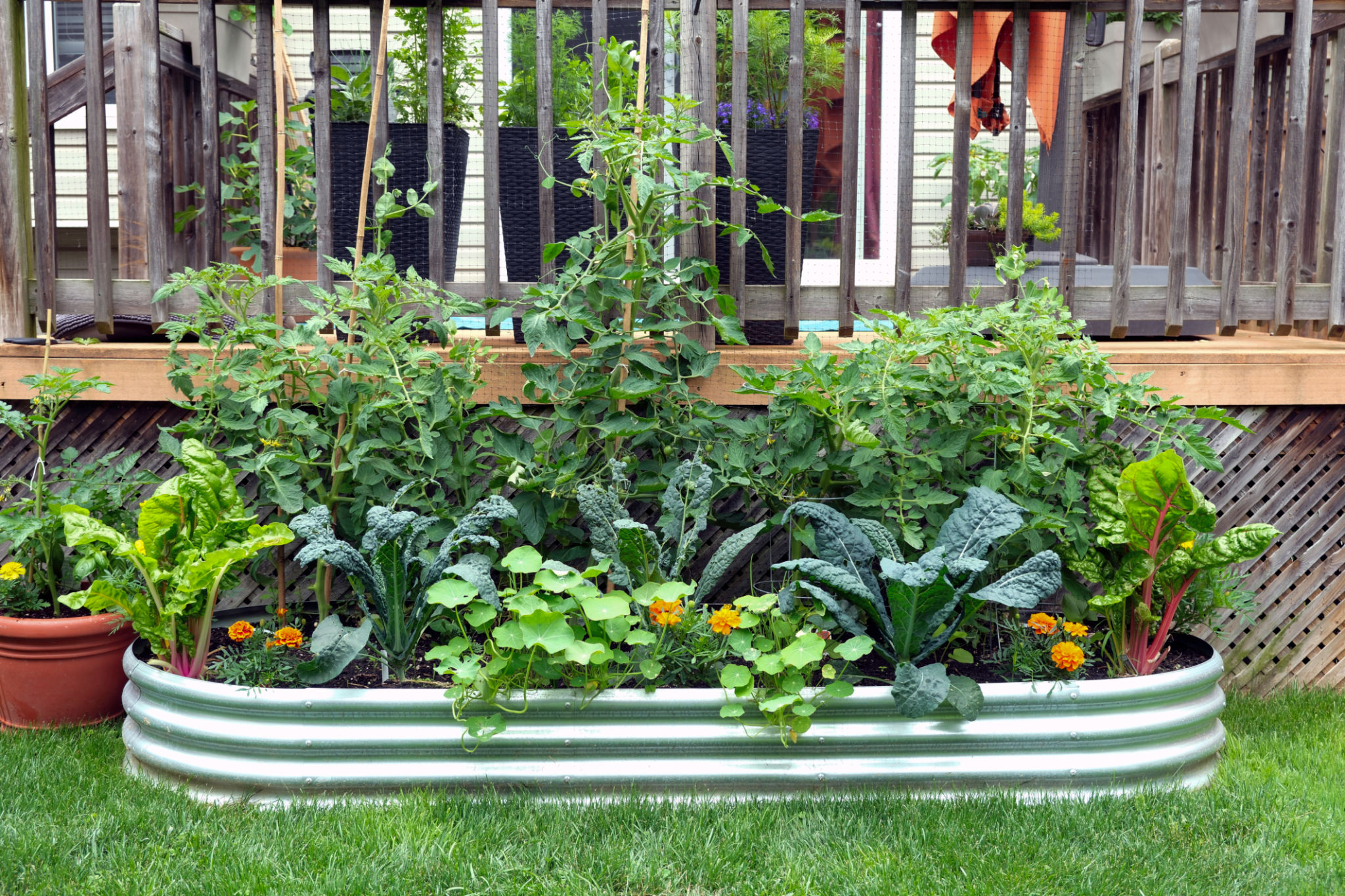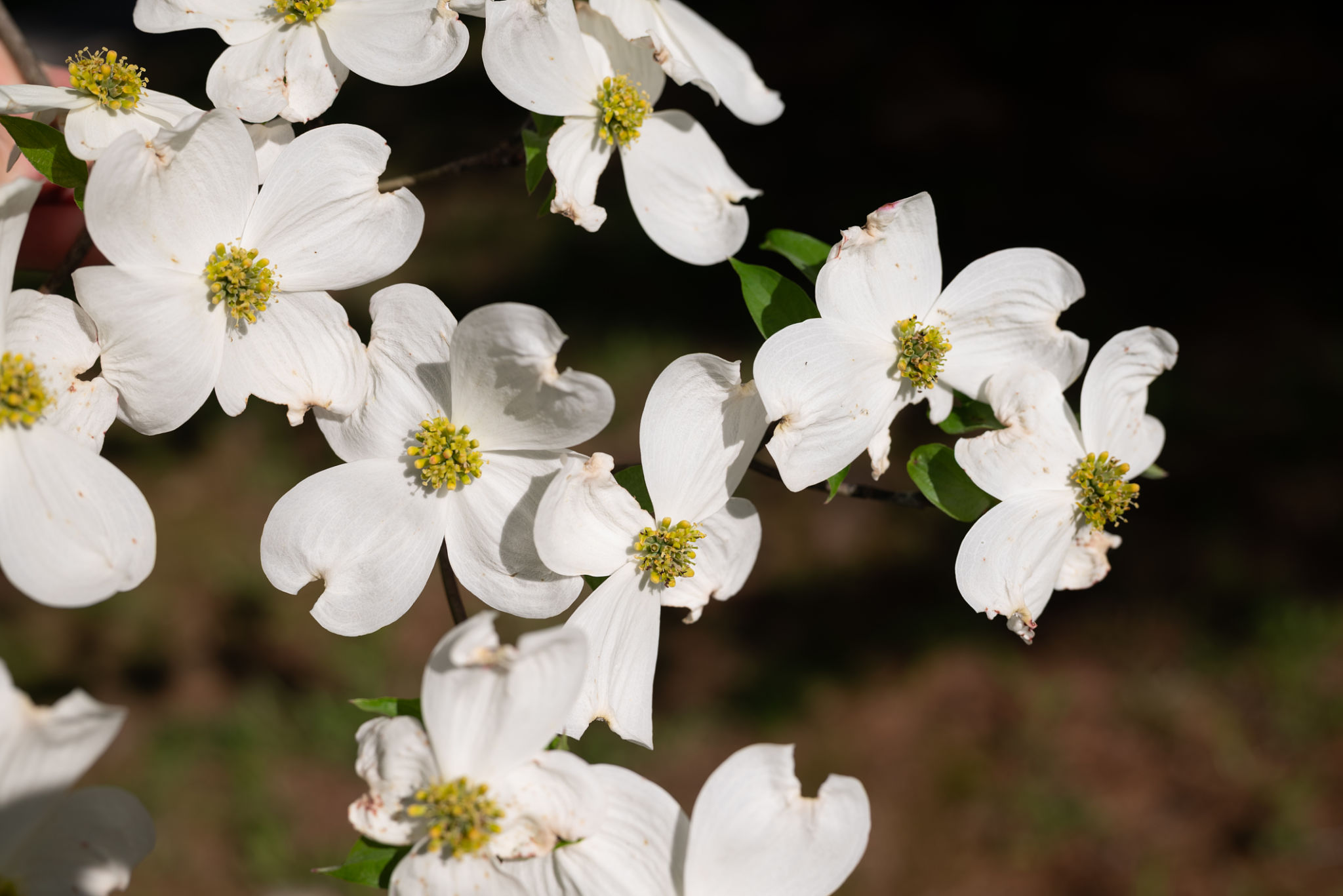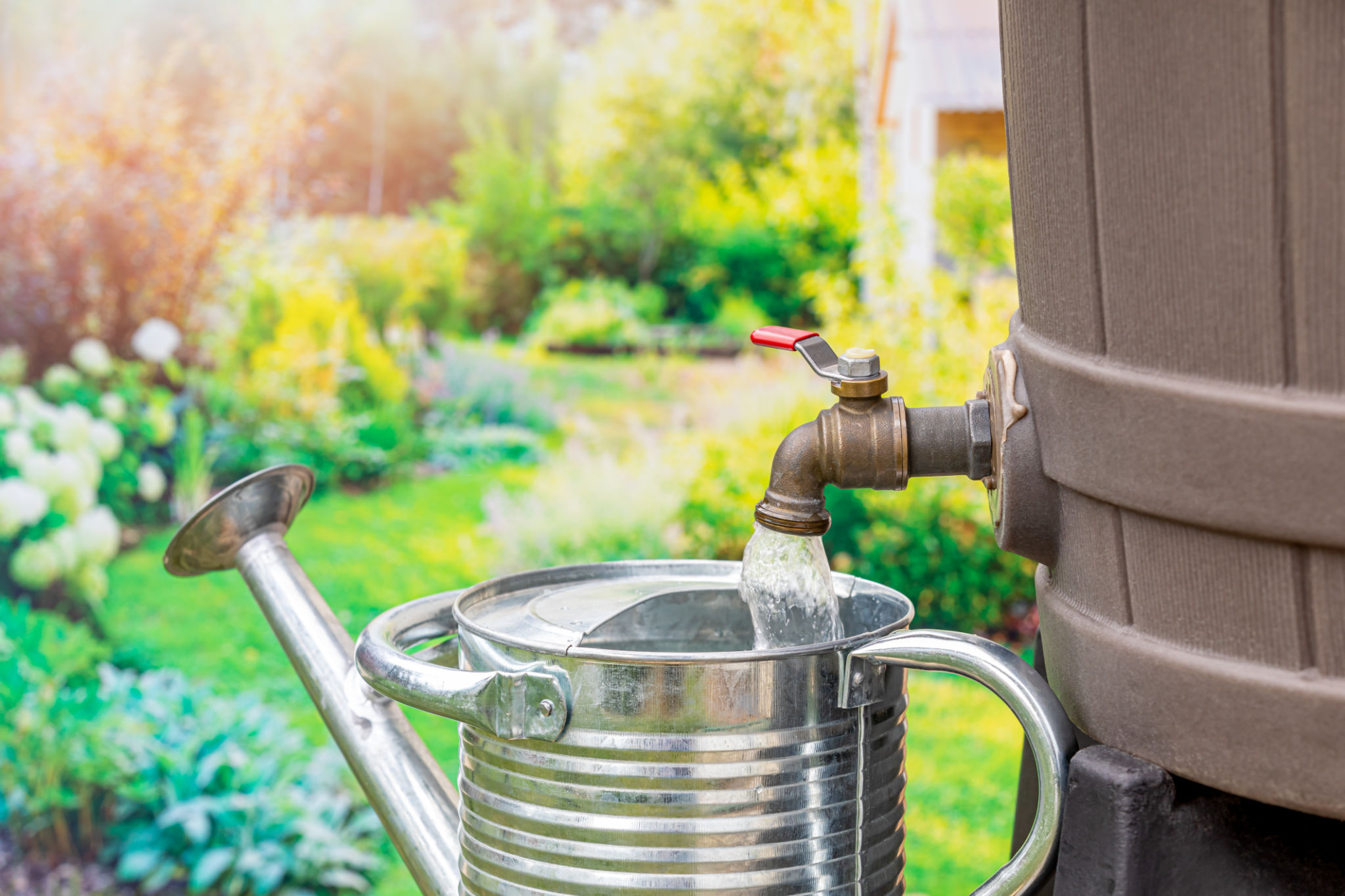Eco-Friendly Landscaping: How to Make a Difference in Indiana
Understanding Eco-Friendly Landscaping
Eco-friendly landscaping is an approach that focuses on designing and maintaining gardens and outdoor spaces that are sustainable and environmentally responsible. This practice not only enhances the beauty of your surroundings but also contributes to the health of the planet. In Indiana, where diverse climates and rich natural resources abound, adopting eco-friendly landscaping practices can make a significant impact.

Benefits of Eco-Friendly Landscaping
Implementing eco-friendly landscaping provides numerous benefits. It helps conserve water, reduces pollution, and supports local wildlife. By choosing native plants, you can promote biodiversity and create habitats for birds, bees, and other beneficial insects. Moreover, sustainable landscapes often require less maintenance, saving you time and resources in the long run.
Choosing Native Plants
One of the most effective ways to develop an eco-friendly landscape is by selecting native plants. These plants are adapted to Indiana's climate and soil conditions, making them more resilient and requiring less water and fertilizer. Some popular native plants in Indiana include the Black-eyed Susan, Purple Coneflower, and Wild Columbine.

Benefits of Native Plants
Native plants offer several advantages. They support local ecosystems, attract pollinators, and reduce the need for chemical pesticides. Additionally, they typically require less irrigation, helping to conserve water—a crucial resource in any environmentally conscious landscaping plan.
Water Conservation Techniques
Water conservation is a critical aspect of eco-friendly landscaping. Techniques such as installing rain barrels or creating rain gardens can effectively manage stormwater runoff and reduce water usage. Drip irrigation systems are another efficient method to ensure your plants receive adequate hydration without wastage.

Implementing Mulching
Mulching is another sustainable practice that can enhance soil quality and prevent erosion. By covering the soil with a layer of organic material like wood chips or straw, you can retain moisture, suppress weeds, and add nutrients back into the soil as the mulch breaks down over time.
Reducing Lawn Size
Traditional lawns often require significant amounts of water, fertilizer, and upkeep. By reducing the size of your lawn or replacing it with groundcovers or wildflower meadows, you can minimize resource consumption while adding visual interest to your landscape. This approach not only saves time but also reduces your carbon footprint.
Sustainable Lawn Care Practices
If maintaining some lawn space is essential, consider adopting sustainable practices such as mowing with an electric mower, leaving grass clippings to decompose naturally, and using organic fertilizers. These small changes can significantly decrease environmental impact.

Creating Wildlife Habitats
Your garden can serve as a sanctuary for local wildlife by incorporating elements like birdhouses, bee hotels, and water features. Providing shelter and food sources encourages biodiversity and helps maintain ecological balance. Observing these creatures can also offer a sense of connection to nature right in your backyard.
By embracing eco-friendly landscaping practices in Indiana, you can make a tangible difference to both your environment and your community. Every small change contributes to a healthier planet and a more sustainable future for generations to come.